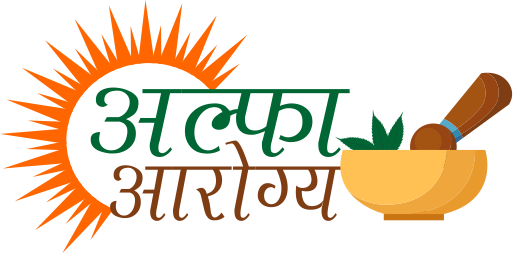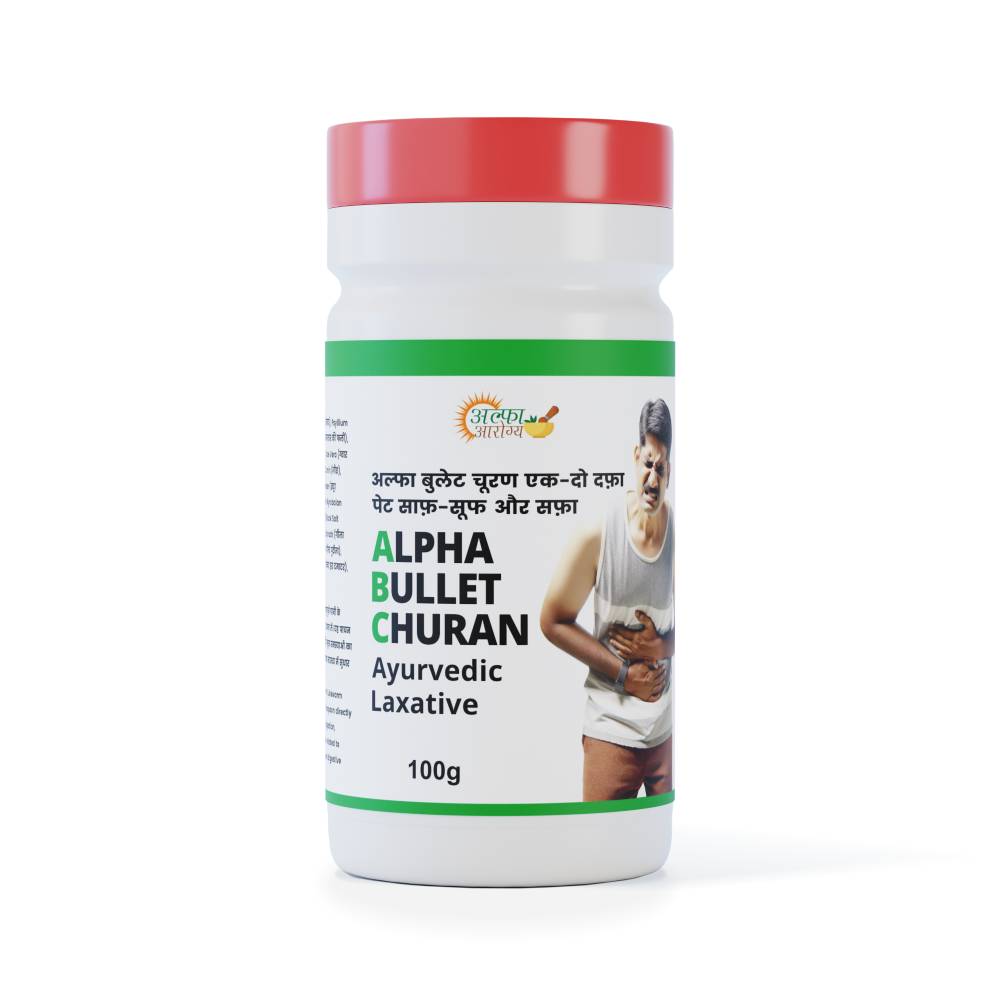Understanding Pitta in Ayurveda
Ayurveda, the ancient holistic healing system of India, offers a profound insight into the human constitution through the concept of doshas. Among these, Pitta dosha stands out for its unique combination of fire and water elements, playing a pivotal role in the body and mind's functioning. This blog aims to humanize the concept of Pitta, making it accessible and relatable to everyone interested in achieving a balanced life through Ayurvedic principles.
What is Pitta?
According to Ayurveda, Pitta dosha is one of the three fundamental bodily humors that govern our lives' physical and emotional aspects. It is primarily composed of fire and water elements, which might seem contradictory at first glance. However, in the Ayurvedic perspective, these elements synergize to perform critical bodily functions. Pitta is responsible for metabolism, energy production, and body temperature regulation. It is the force that transforms food into energy, giving us the warmth and vitality needed for our daily activities.
What Pitta Dosha Represents
The dual elements of fire and water in Pitta dosha symbolize transformation and fluidity. Fire, with its dynamic and intense energy, represents Pitta's role in metabolic activities and digestion. It is the driving force behind the conversion of food into nutrients that our bodies can use. Water, on the other hand, reflects Pitta's regulating nature, maintaining a balance that prevents the fire from becoming destructive. This balance is crucial for our physical health, ensuring that our metabolic processes run smoothly without overheating or causing inflammation.
The Role of Pitta Dosha in the Body and Mind
Pitta's influence extends beyond the physical to the mental and emotional realms. It governs our intellect, wisdom, and clarity of thought. A balanced Pitta dosha is associated with a sharp mind, strong digestion, and a glowing complexion. It endows individuals with the courage and ambition to achieve their goals and the insight and discernment to make wise decisions.
However, when Pitta is out of balance, it can lead to issues such as irritability, anger, excessive heat in the body, inflammation, and digestive problems. Mentally, it can manifest as jealousy, competitiveness, and a tendency towards perfectionism that can be both a strength and a source of stress.
Balancing Pitta involves incorporating cooling and soothing practices into one's lifestyle. This includes favoring a diet rich in sweet, bitter, and astringent tastes, engaging in calming activities, and avoiding excessive heat and spicy foods. Such measures help maintain Pitta's equilibrium, ensuring physical well-being and mental peace.
Types of Pitta Dosha
In the intricate world of Ayurveda, doshas are fundamental to understanding human health and well-being. Doshas are the life forces that animate the body and mind; among them, Pitta dosha stands out for its fiery nature. However, Pitta's influence extends beyond a singular entity; it diversifies into five distinct types known as sub-doshas, each playing a critical role in our physiological and psychological processes. This detailed exploration into the types of Pitta dosha reveals the depth of Ayurveda's approach to health, offering insights into how we can maintain balance and harmony within.
Pachaka Pitta: The Digestive Fire
Pachaka Pitta is the aspect of Pitta that resides in the stomach and small intestine, which plays a pivotal role in digesting our food. It is the force behind transforming food into nutrients and energy, ensuring the body receives the sustenance it needs. When Pachaka Pitta is balanced, digestion is strong, and the body efficiently metabolizes food without discomfort. However, an imbalance can lead to digestive issues such as acidity, indigestion, or ulcers.
Home Remedy for Balancing Pachaka Pitta
Incorporating cooling herbs like coriander, fennel, and mint into your diet can help soothe Pachaka Pitta. Consuming Alpha Bullet Churan, which is made from these herbs after meals, can enhance digestion and prevent overheating of the digestive tract.
Ranjaka Pitta: The Essence of Blood
Ranjaka Pitta is responsible for the quality and coloration of the blood. It operates primarily in the liver and spleen, ensuring that the blood is purified and rich in nutrients. A balanced Ranjaka Pitta is crucial for maintaining a healthy complexion and efficiently delivering nutrients to the body's tissues. An imbalance, however, can lead to blood-related disorders, jaundice, or anemia.
Home Remedy for Balancing Ranjaka Pitta
Consuming aloe vera juice, which has cooling and purifying properties, can support the health of Ranjaka Pitta. It helps in detoxifying the liver and blood, promoting overall vitality.
Sadhaka Pitta: The Emotional Heart
Sadhaka Pitta governs the emotions and their impact on the heart and mind. It resides in the heart and is instrumental in processing emotions, making it essential for emotional well-being and mental clarity. When Sadhaka Pitta is balanced, it fosters a sense of contentment, courage, and an emotionally stable mind. Imbalance can lead to emotional distress, anxiety, and mood swings.
Home Remedy for Balancing Sadhaka Pitta
Rose petal jam or rosewater can have a cooling and calming effect on Sadhaka Pitta. Incorporating these into your daily routine can help soothe the heart and emotions.
Alochaka Pitta: The Light of Sight
Alochaka Pitta is centered on the eyes, maintaining vision and the overall health of the eyes. It allows us to perceive light and color, which is crucial to our sensory experience. A balanced Alochaka Pitta ensures clear vision and healthy eyes, while an imbalance can lead to eye strain, poor vision, or irritation.
Home Remedy for Balancing Alochaka Pitta
Practicing eye relaxation techniques and using cooling eye drops made from rosewater can help maintain the health of Alochaka Pitta. Ensuring adequate eye rest, especially in today's screen-centric world, is also beneficial.
Bhrajaka Pitta: The Skin's Glow
Bhrajaka Pitta regulates skin health and complexion residing in the skin. It influences the skin's texture, color, and radiance. A balanced Bhrajaka Pitta results in a clear, glowing complexion, while an imbalance can cause skin issues such as acne, rashes, or excessive oiliness.
Home Remedy for Balancing Bhrajaka Pitta
Applying a sandalwood powder paste and rosewater paste can cool and soothe the skin, promoting a balanced Bhrajaka Pitta. This natural remedy helps maintain a healthy and radiant complexion.
Understanding and nurturing each type of Pitta dosha through these simple home remedies can significantly contribute to our overall health and well-being.
Ayurveda teaches us that by paying attention to the subtle needs of our body and mind, we can achieve a state of balance that radiates through every aspect of our lives.
Managing and Balancing Pitta Dosha
Managing and balancing Pitta dosha is essential for those who wish to harness its fiery energy for vitality and well-being while avoiding the pitfalls of imbalance. Pitta, characterized by the elements of fire and water, governs metabolism, digestion, and energy production in the body. When in balance, Pitta promotes intelligence, understanding, and contentment. However, an excess can lead to irritability, excessive heat, and inflammation. Here, we explore comprehensive strategies to pacify Pitta dosha, including dietary recommendations, lifestyle changes, Ayurvedic treatments, and the importance of seasonal adjustments.
Dietary Recommendations to Pacify Pitta Dosha
The principle of opposites is a guiding force in Ayurvedic nutrition. To balance Pitta's fiery nature, cooling, sweet, bitter, and astringent foods are recommended. These include:
- Fruits like melons, pears, and grapes.
- Vegetables such as cucumbers, sweet potatoes, and leafy greens.
- Grains like wheat, bajra, and oats.
- Dairy products should be consumed in moderation, emphasizing milk, ghee, and fresh yogurt.
Spicy, sour, and salty foods should be minimized as they can aggravate Pitta. Additionally, consuming meals in a calm and relaxed environment and avoiding eating when stressed or angry can help maintain Pitta balance.
Lifestyle Changes and Habits Beneficial for Pitta Types
Pitta types benefit from cooling and relaxing activities that counterbalance their natural intensity and heat. Some lifestyle recommendations include:
- Engaging in moderate exercise, preferably during the cooler parts of the day. Yoga, swimming, and cycling are excellent choices.
- Practicing meditation and stress-reduction techniques to calm the mind and emotions.
- Seeking cooler climates when possible or taking cool baths to reduce body heat.
- Ensuring adequate rest and avoiding overexertion can deplete the body and aggravate Pitta.
Ayurvedic Treatments and Remedies for Balancing Pitta
Ayurveda offers a variety of treatments and remedies to balance Pitta dosha, including:
- Abhyanga (oil massage) with cooling oils such as coconut or sunflower oil soothes the skin and relaxes the body.
- Shirodhara, a treatment involving the gentle pouring of liquids over the forehead, can help calm the mind and reduce stress.
- Herbal remedies, including herbs like peanut oil, coconut oil, castor oil, and ghee, all part of remedies like Alpha Amrit Kund, can support the body's natural cooling mechanisms and aid in digestion.
Importance of Seasonal Adjustments to Maintain Pitta Balance
Pitta dosha is naturally aggravated during the summer months when the heat is more intense. Therefore, making seasonal adjustments is crucial for maintaining balance. During summer:
- Increase the intake of cooling foods and beverages.
- Wear light, breathable fabrics in cool colors to help regulate body temperature.
- Adjust exercise routines to avoid the midday heat, opting for early morning or late evening.
Conversely, while maintaining a Pitta-pacifying diet in cooler seasons, one might modify slightly warmer foods and spices to maintain internal warmth without aggravating Pitta.
Understanding the Pitta Body Type
The Pitta body type, one of the three primary doshas in Ayurveda, is characterized by fire and water. Individuals with a predominant Pitta constitution are known for their intense energy, sharp intellect, and strong digestive fire. They tend to have a medium physique, well-developed musculature, and a warm body temperature. Pitta types are often ambitious, driven, and possess strong leadership qualities. However, they can experience irritability, inflammation, and digestive problems when out of balance.
Pitta Body Type Exercise
Exercise for Pitta individuals should aim to balance their fiery nature without overheating the body. Moderate-paced activities that are cooling and relaxing can be beneficial. Swimming, cycling, and walking are ideal, especially during cooler days. Pitta types should avoid exercising in extreme heat or engaging in overly competitive sports, as these can exacerbate Pitta's intensity. Incorporating relaxation and flexibility into the fitness routine, such as through yoga, can also help maintain balance.
Natural Diet Plan for Pitta Body Type
A Pitta-pacifying diet focuses on cooling, hydrating, and soothing foods to balance the dosha's hot and intense nature. Sweet, bitter, and astringent tastes are recommended, while spicy, sour, and salty foods should be minimized. Fresh fruits and vegetables, whole grains, and lean proteins are beneficial. Cooling spices like coriander, fennel, and mint can aid digestion without aggravating Pitta. Dairy products can be included but should be consumed in moderation. It's also important for Pitta types to eat in a calm environment and avoid overeating.
Diseases Caused by Pitta Imbalance
An imbalance in Pitta dosha can lead to various health issues, primarily related to the body's metabolic and digestive systems. Common conditions include hyperacidity, skin rashes, inflammation, heartburn, and peptic ulcers. Pitta imbalance can also manifest as emotional disturbances, such as anger, frustration, and excessive competitiveness. Maintaining a balanced diet and lifestyle prevents these conditions and ensures overall well-being.
The Best Herbs and Medicines for Pitta
Several herbs and natural remedies are particularly effective in balancing Pitta dosha. Aloe vera juice, for its cooling properties, can soothe the digestive tract and skin. Neem and amla (Indian gooseberry) are beneficial for their purifying and nurturing effects. Turmeric and coriander can support digestion without increasing Pitta's heat. You can also buy ready-to-consume Alpha ABC with all of these ingredients and many more.
Conclusion
Understanding and nurturing the Pitta body type through appropriate exercise, diet, and herbal remedies can create a unified mind, body, and spirit balance. By incorporating cooling and moderating practices, individuals with a Pitta constitution can positively use their natural energy and leadership qualities, avoiding the pitfalls of imbalance. Regular self-assessment and adjustments to lifestyle and diet can help maintain this balance, ensuring a vibrant and healthy life.


